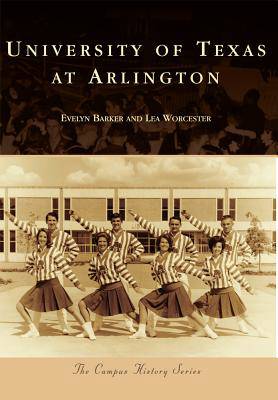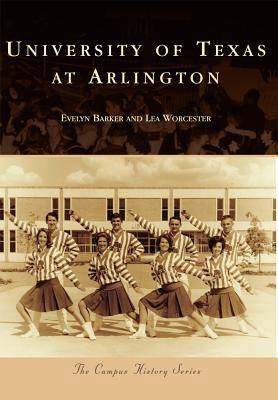
Je cadeautjes zeker op tijd in huis hebben voor de feestdagen? Kom langs in onze winkels en vind het perfecte geschenk!
- Afhalen na 1 uur in een winkel met voorraad
- Gratis thuislevering in België vanaf € 30
- Ruim aanbod met 7 miljoen producten
Je cadeautjes zeker op tijd in huis hebben voor de feestdagen? Kom langs in onze winkels en vind het perfecte geschenk!
- Afhalen na 1 uur in een winkel met voorraad
- Gratis thuislevering in België vanaf € 30
- Ruim aanbod met 7 miljoen producten
Zoeken
€ 34,95
+ 69 punten
Omschrijving
In 1895, seventy-five students enrolled at Arlington College, an elementary and secondary institution located on the North Texas prairies. Over the next 120 years, the school changed into a military school, a vocational college, a two-year college in the Texas A&M System, and finally, a full-fledged university with more than 34,000 students from across the globe. Throughout its history, UT Arlington has benefitted from strong leadership and strong community commitment to education. During the low-enrollment period of the Great Depression, Dean E.E. Davis went into the cornfields of East Texas to recruit students. In World War II, art professor Howard Joyner switched from teaching fine art to teaching the art of camouflage painting. The turbulent 1960s saw students clashing over the school's rebel flag theme, the resolution of which paved the way for the university to become one of the most diverse in the nation today.
Specificaties
Betrokkenen
- Auteur(s):
- Uitgeverij:
Inhoud
- Aantal bladzijden:
- 128
- Taal:
- Engels
- Reeks:
Eigenschappen
- Productcode (EAN):
- 9781467132312
- Verschijningsdatum:
- 23/02/2015
- Uitvoering:
- Paperback
- Formaat:
- Trade paperback (VS)
- Afmetingen:
- 178 mm x 231 mm
- Gewicht:
- 312 g

Alleen bij Standaard Boekhandel
+ 69 punten op je klantenkaart van Standaard Boekhandel
Beoordelingen
We publiceren alleen reviews die voldoen aan de voorwaarden voor reviews. Bekijk onze voorwaarden voor reviews.









